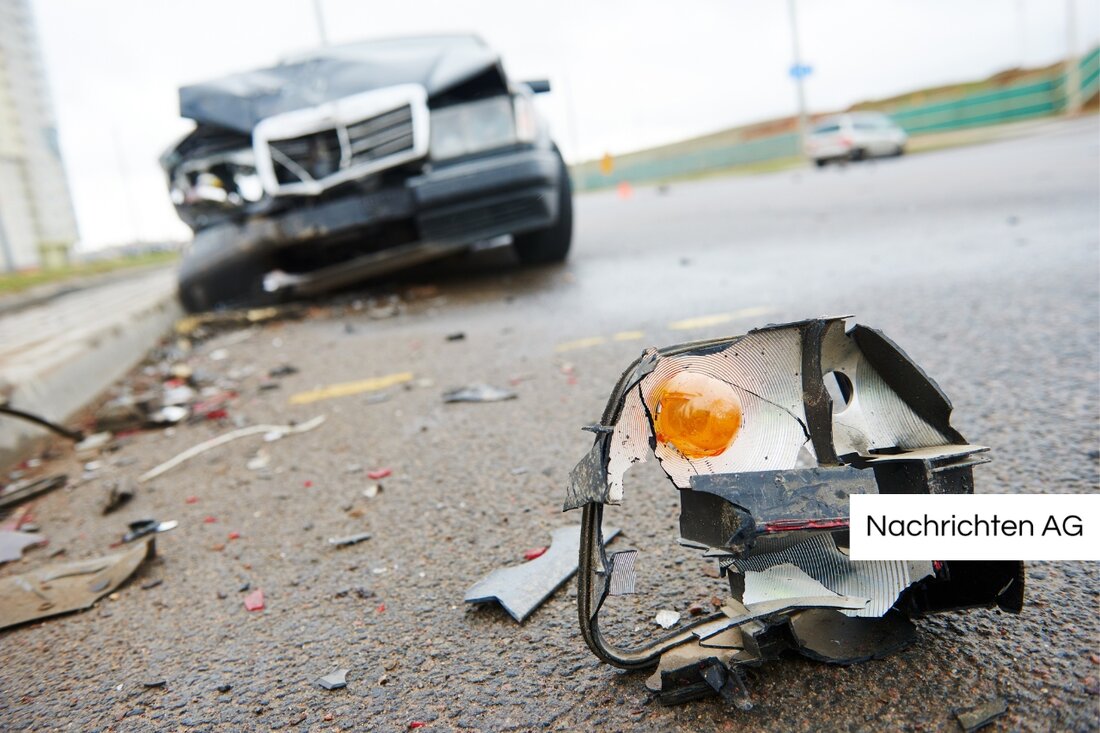Parts of the Fukushima disaster: Tepco managers escape compensation!
Parts of the Fukushima disaster: Tepco managers escape compensation!
Fukushima, Japan - On June 6, 2025, a Japanese court raised an earlier judgment that was made against former managers of the nuclear power plant operator Tepco. In 2022, these were sentenced to pay compensation in a civil proceedings. The sum was considered the highest that was ever determined in a civil process in Japan. The compensation should be used to reduce the reactors, the removal of radioactive material and the compensation of the residents. Shareholders had argued that the 2011 disaster could have been prevented by timely measures. However, the accused rejected the allegations because, according to their own statements, they did not consider the risks to be predictable. The court decided in her favor and decided that the risk of earthquake and tsunami disaster could not be foreseen. The claims for a higher amount of damages were rejected by jurisdiction. The shareholders' lawyer, Hiroyuki Kawai, criticized this decision and warned of possible future nuclear accidents. Tepco refused to comment on the judgment.
The Fukushima accident
The events related to the Fukushima nuclear power plant occurred on March 11, 2011 when a strong seaquake of the strength 9 shook the east coast of Japan and triggered a tsunami. The latter hit the power plant and led to an accident series with considerable releases of radionuclides into the environment. The disaster is considered the worst nuclear accident since Chernobyl in 1986. At least 18,500 people died as a result of the tsunamis, and over 470,000 buildings were damaged or destroyed.
After the attack of the tsunamis, both the external power supply and the emergency power supply in reactors 1 to 4 fell, which led to a so -called blackout station. In the reactor blocks 1 to 3 there was a meltdown and hydrogen explosions. High concentrations of Caesium-137 and iodine-131 were detected in the sea. About 165,000 people had to be evacuated due to the radiological threat in the Fukushima prefecture. Although the radioactive substances were partially handed over, there were no health hazards for the population in Germany, where there was also a slight increase in radioactive concentration.
reactions and processing
In March 2025, Japan's Colonel Court confirmed the acquittal of two former Tepco managers in a criminal trial for negligent killing. These decisions throw a light on the ongoing debate about responsibility and the social consequences of the accident. There are extensive measures to stabilize and shut down the affected reactors that could take up to 40 years. In addition, plans for the rescue of fuel elements and core material from the reactors are in preparation, with increasing robot technology being used. A wall for protection against future tsunamis was also completed in 2024.
In June 2023, Tepco began to insert tritium-contaminated water into the sea in diluted form, which was internationally met with concerns. The comprehensive decontamination work in Fukushima and the surrounding area are still in progress, and parts of the previously evacuated areas have now been released.
| Details | |
|---|---|
| Ort | Fukushima, Japan |
| Quellen | |


Kommentare (0)